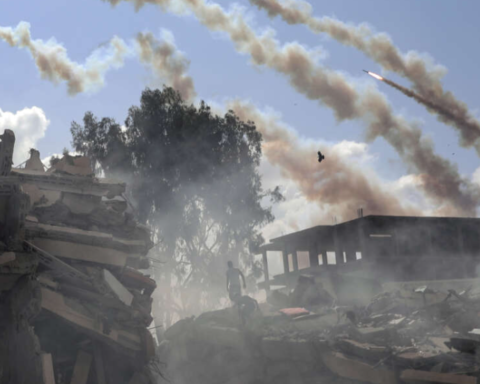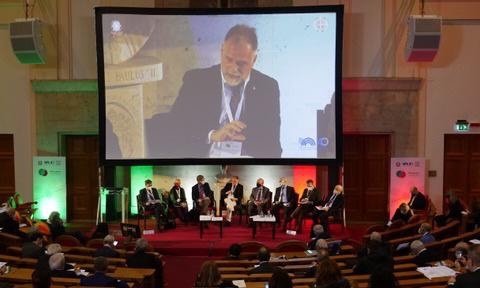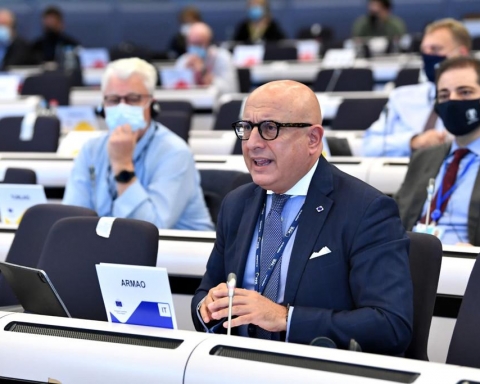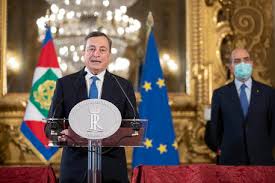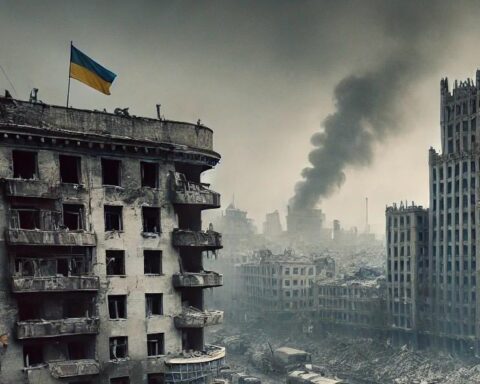On September 20, Saudi Arabian authorities authorised air strikes against Houthis rebel positions in the Yemen’s capital Sana’a. Around a dozen bombs or missiles hit the Headquarters of the National Security Bureau -it is the first time since the beginning of the conflict- the defence ministry, a checkpoint in the capital’s north-western suburbs and two rebel military camps in the southeast district of Sanhan.
This attack comes as a response to a missile fired by the rebels on Monday evening. According to Saudi Arabia (SA), the Qaher-1 missile was aimed at SA’s King Khalid Air Base, 60 km north of the Yemeni border, in the city of Khamees Mushait. SA reports the missile was intercepted by the kingdom’s air defence before it could cause any damage to the base and neighbourhood, though Houthis-run Saba News Agency discloses the missile actually hit the target.
Regardless, SA immediately responds to the attack, causing at least one civilian death and some wounded, witnesses said. It is not the first time that the hostilities cause civilian deaths, proving once again the heavy criticism for high civilian death toll since the beginning of the Saudi Arabia-led air campaign.
Houthis and government forces have battled on-and-off since 2004 but it was in 2014 that a civil war eventually broke out. Indeed, in September 2014, Houthis -a rebel group known as Ansar Allah (Partisans of God) that adheres to the branch of Shia Islam called Zaidism- took control of Sana’a, Yemen’s capital city, and forced President Abd Rabbo Mansour Hadi and the Saudi-backed government to temporarily flee to Riyadh.
Security forces split in two groups, one supporting the international recognised government, the other backing rebels. The scenario was deeply worsen by the emergence of two other actors. On one hand, al-Qaeda in the Arabian Peninsula (AQAP), which gained grip in the south and south-east region. On the other, a Yemen affiliate of the Islamic State, which was trying to overrun AQAP and claimed responsibility of some suicide bombings in Sana’a.
Conflict escalated in March 2015, when Saudi Arabia and her allies launched a massive air campaign in Yemen in order to restore Hadi’s government. Since then, more than 6,600 people have been killed, while the number of displaced people has risen to 3 million.
To date, fighting has not stopped and the situation in Yemen is still unstable. The United Nations often report alarming data on civilian deaths, recently accusing Saudi Arabia-led coalition to be responsible of 2/3 of those and Houthis to be involved in mass civilian casualties due to the siege of the city of Taiz.
In addition, several foreign countries have taken part -though with different means- in the fighting. The international coalition includes SA, Qatar, Kuwait, United Arab Emirates, Bahrain, Egypt, Morocco, Jordan, Sudan and Senegal. United States, United Kingdom and France are supporting the coalition providing supplies, with the US also carrying air strikes targeting ISIS and AQAP positions in Yemen. On the other side, Iran has been accused of arming Houthis rebels, though the country has always denied it.
It should be added that the conflict in Yemen cannot be reduced to a civil war or a terrorist battlefield, but it is the result of several and conflicting dynamics involving multiple actors and opposite interests. Indeed, despite the civil war and the terrorist threat, Yemen is the theatre of the proxy war between the two major powers in the Middle East, Saudi Arabia and Iran, thus dragging into the scene alliances and games of powers that escalate tensions and foster instability in the region.
Paola Fratantoni




